Norman Lloyd, who has died aged 106, is to me anyway, best remembered for that final tussle with Robert Cummings at the top of the torch on the Statue of Liberty in New York Harbour in Alfred Hitchcock’s film ‘Saboteur’ – that was brilliantly done and, not having a good head for heights, even now I can hardly watch it.
During his long career, he had the privilege of working as an actor, director and producer with such towering figures as Orson Welles, Alfred Hitchcock, Jean Renoir and Charlie Chaplin who also became his close friends.
Norman Lloyd never made a film with Orson Welles, he took part in two of the revolutionary stage productions by the “boy wonder”. Welles was a mere 21 when he and John Houseman formed the Mercury theatre in New York in 1937, and Lloyd was part of that famous company.
“We used to joke about Hollywood,” Norman Lloyd said. “We swore we would never make films. Orson and the others were very vocal, so I thought they meant it.” But, in 1939, Lloyd was cast in Heart Of Darkness, which was to have been Welles’s first film until the project was aborted after six weeks. Three years later, Lloyd was brought to Hollywood to play the title role (albeit a small part) in Hitchcock’s Saboteur (1942).

The most memorable sequence in this typical Hitchcock film was the climactic scene at the top the Statue of Liberty where the hero (Robert Cummings), catches up with Lloyd, a snivelling and slithery Nazi agent. They struggle on Liberty’s outstretched arm, when Lloyd slips and is about to fall from the statue. Cummings catches him by his coat sleeve, but the sleeve starts to tear at the shoulder, and he plunges to his death. “
Alfred Hitchcock told me I should have had a better tailor,” Norman Lloyd later recalled.

Norman Lloyd clings on – in ‘Saboteur’
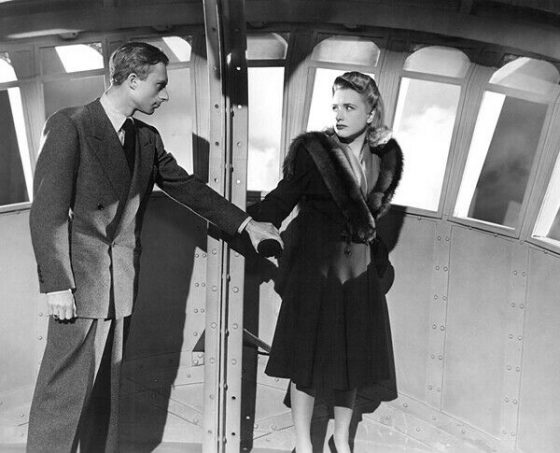
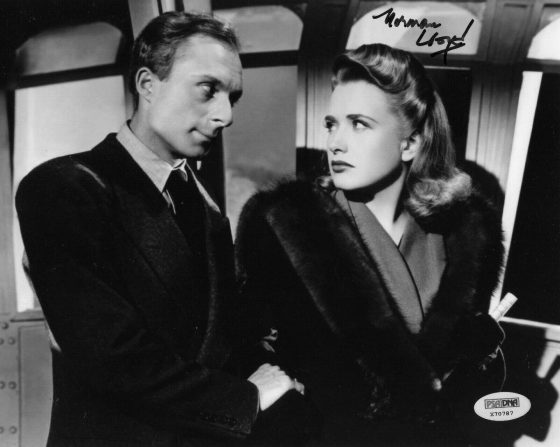

Norman Lloyd as Fry – with the Statue of Liberty in the background as they sail on the ferry towards it
He was born Norman Perlmutter in Jersey City, New Jersey, to Max Perlmutter, an accountant who later ran a furniture store, and Sadie (nee Horowitz), a bookkeeper, he grew up in Brooklyn, New York. He had performed as a child, but began his acting career in earnest, aged just 17
Following Saboteur, Norman Lloyd began a long association and friendship with “Hitch”. He acted in five films in 1945 for various studios, including Hitchcock’s ‘Spellbound’, in which he was a psychiatric patient. Among the others were Lewis Milestone’s second world war drama ‘A Walk In the Sun’, in which he portrayed a cynical private soldier who feels that the war will last for ever with or without him, and Renoir’s The Southerner, in which he played a vindictive neighbour of a farmer.
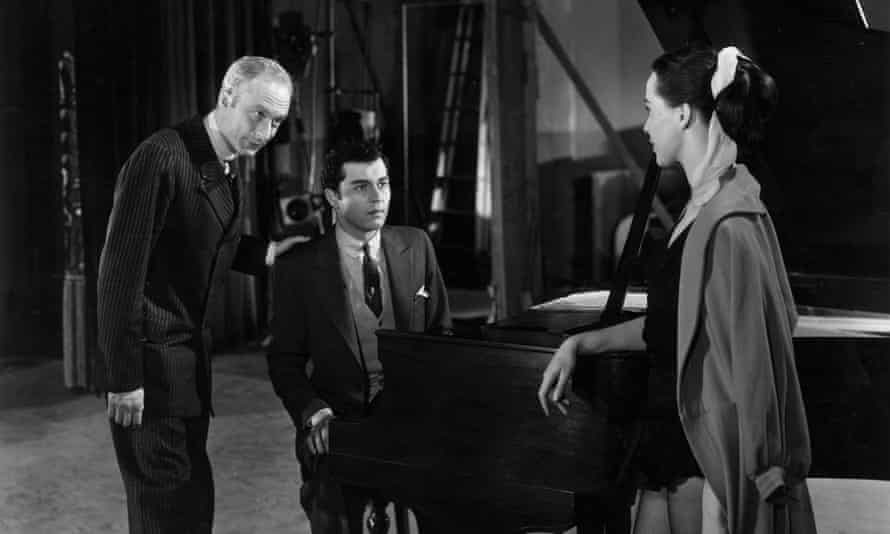
He played a troubadour in The Flame and the Arrow (1950) a very successful film at the Box Office
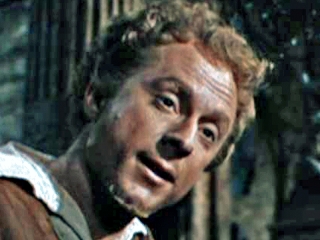
However, at the end of 1950, Lloyd had a rare chance to reveal his acting ability playing the Fool to Louis Calhern’s King Lear on Broadway, directed by Houseman.
Returning to films, he played the short-lived gangster pal of John Garfield in John Berry’s He Ran All the Way (1951); a lowlife in M (1951), Joseph Losey’s Americanised remake of the 30s Fritz Lang classic, and a stage manager (with an English accent) in Chaplin’s Limelight (1952).
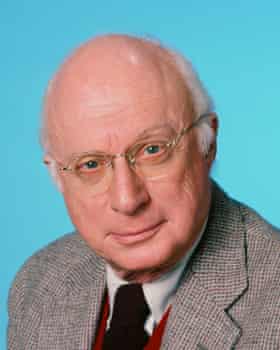
Unfortunately, because of his close association with a number of victims of the McCarthy witch hunts Norman Lloyd was placed on a blacklist and was then no longer hired by Hollywood executives.
It was Hitchcock who rescued him in 1955 by making him associate producer and a director on the long-running TV series Alfred Hitchcock Presents. In the course of his eight years on the series, Norman Lloyd became a co-producer (with Joan Harrison, Hitchcock’s “right arm”) and then executive producer.
He continued directing and producing TV series, including Roald Dahl’s Tales of the Unexpected, while also appearing in dozens of TV dramas. His longest-running performance was in the 80s hospital series St Elsewhere, as the genial Dr Daniel Auschlander, terminally cancer stricken, but still dedicated to his profession.
Norman Lloyd’s reincarnation in films after more than 20 years was appropriately in Robert Wise’s Audrey Rose (1977), an unlikely tale of the reincarnation of a young girl. Other roles included the stern headteacher in Dead Poets Society (1989) and a wealthy patriarch in Martin Scorsese’s The Age Of Innocence (1993). More recently, he appeared in In Her Shoes (2005), starring Cameron Diaz and Shirley MacLaine, and, aged 100, Judd Apatow’s Trainwreck (2015).
He married Peggy Craven in 1936 and they had two children. Peggy died in 2011.

ABOVE – A set of Front of House Stills from ‘Saboteur’
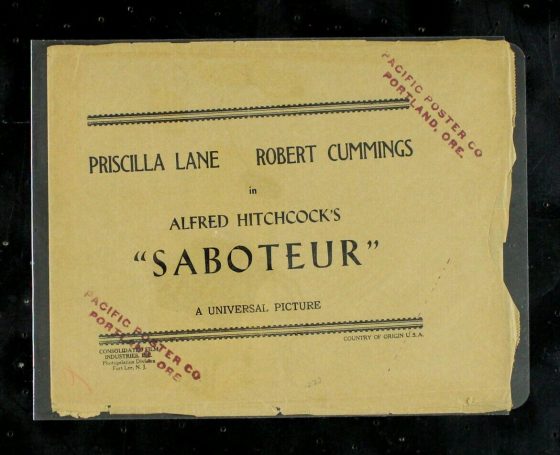
Place your comment